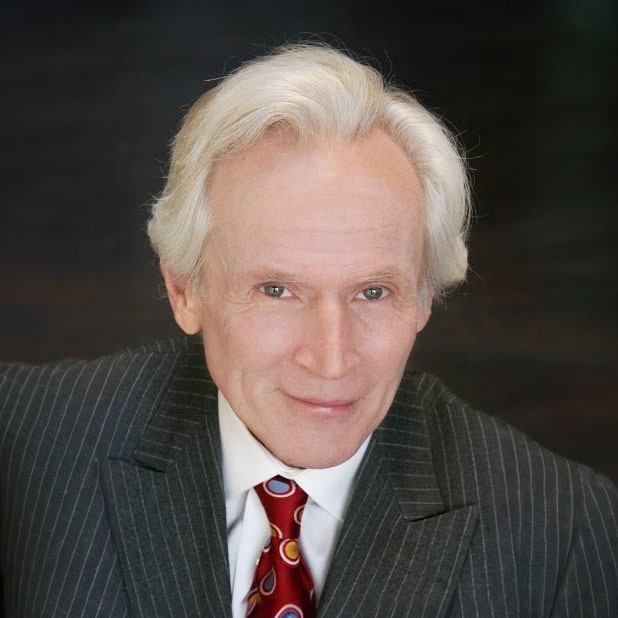The Write Stuff: Are You Using ‘Yogababble’?
May 2022
There’s a good chance you’re using “yogababble” — most of us do — and aren’t even aware of it. But now that Scott Galloway, founder of Prophet and a professor of brand strategy and digital marketing at New York University’s business school, has given a name to this fuzzy, pseudo-inspirational language, we’ve no excuse not to be conscious of it and put on the brakes.
Yogababble, Galloway says, doesn’t just characterize the “errant missives of CEOs with God syndromes.” CEOs use “visionary language to tickle our tribal sense and distract the public from the cold truth of numbers.” Unfortunately, yogababble has now become “codified into a company’s culture.”
At best, a company’s mission statement “describes the purpose and value of a product in a clear, concise manner. However, increasingly it massively exaggerates the cosmic relevance of a firm, obscuring its actual product and its means of generating revenue.” After all, “consciously elevating our conscience feels like a bigger market than renting desks.”
Selling Happiness
Peloton, for example, says it is in the business of “selling happiness.” “No,” Galloway says, “they sell exercise equipment. However, selling happiness is sexier, attracting cheap capital,” thanks to a “fascination with its brand that led to a valuation of, get this, $50 billion,” which has been tanking ever since.
“Let’s be clear,” Galloway continues. “Entrepreneur is a synonym for salesperson,” and salesperson “is the pedestrian term for storyteller. We entrepreneurs are all imposters who must deploy a fiction or story that captures imaginations and capital to pull the future forward and turn rhyme into reason.”
And here even Galloway has stepped in it. What is “pull the future forward” if not yogababble, too? What does “turn rhyme into reason” even mean? Maybe this kind of jargon has so permeated our thinking that it is difficult not to use it — even for smart guys like Galloway who know better.
Politico in mid-April noted a “pandemic vibe shift,” as people return to restaurants without wearing masks, and the New York Post reports that a certain kind of on-sale light fixture can “change the vibe of any space.” Yogababble is even infecting the NFL, presumably a rough, tough, manly world impervious to such airy abstractions. The 2022 Minnesota Vikings, we’re told, are blessed with a “vibe powered by connection and positive energy.”
With the onslaught of this kind of language, we need to channel our inner Mr. Wonderful and demand of ourselves that we ask what our words really mean — before someone else does it for us.
Like when I just wrote “channel our inner….” I should be ashamed of myself.
Namaste!
ANNOYING WORDS OF THE MONTH—Prior to. People now routinely use prior to rather than the perfectly fine before, which has led to prior instead of earlier. Actually, they’re not interchangeable. Prior to is correct when referring to an action or condition that has a causal connection to what follows, or follows immediately. You take a driving test prior to getting your license, for example. But substituting prior to for before or earlier without any connection should be avoided. In Bryson’s Dictionary of Troublesome Words, Bill Bryson, the author of A Walk in the Woods, says prior to “is longer, clumsier and awash with pretension.” But by all means, he says, use prior to for before, if you would use posterior to instead of after.

More News & Resources
Sign Up For Impact
Have the monthly Impact Newsletter emailed to you.
Whether you’re building cutting-edge campaigns, engaging communities on social, mobilizing advocates, or exploring the power of new AI tools, THIS is where the future of advocacy comes alive.



